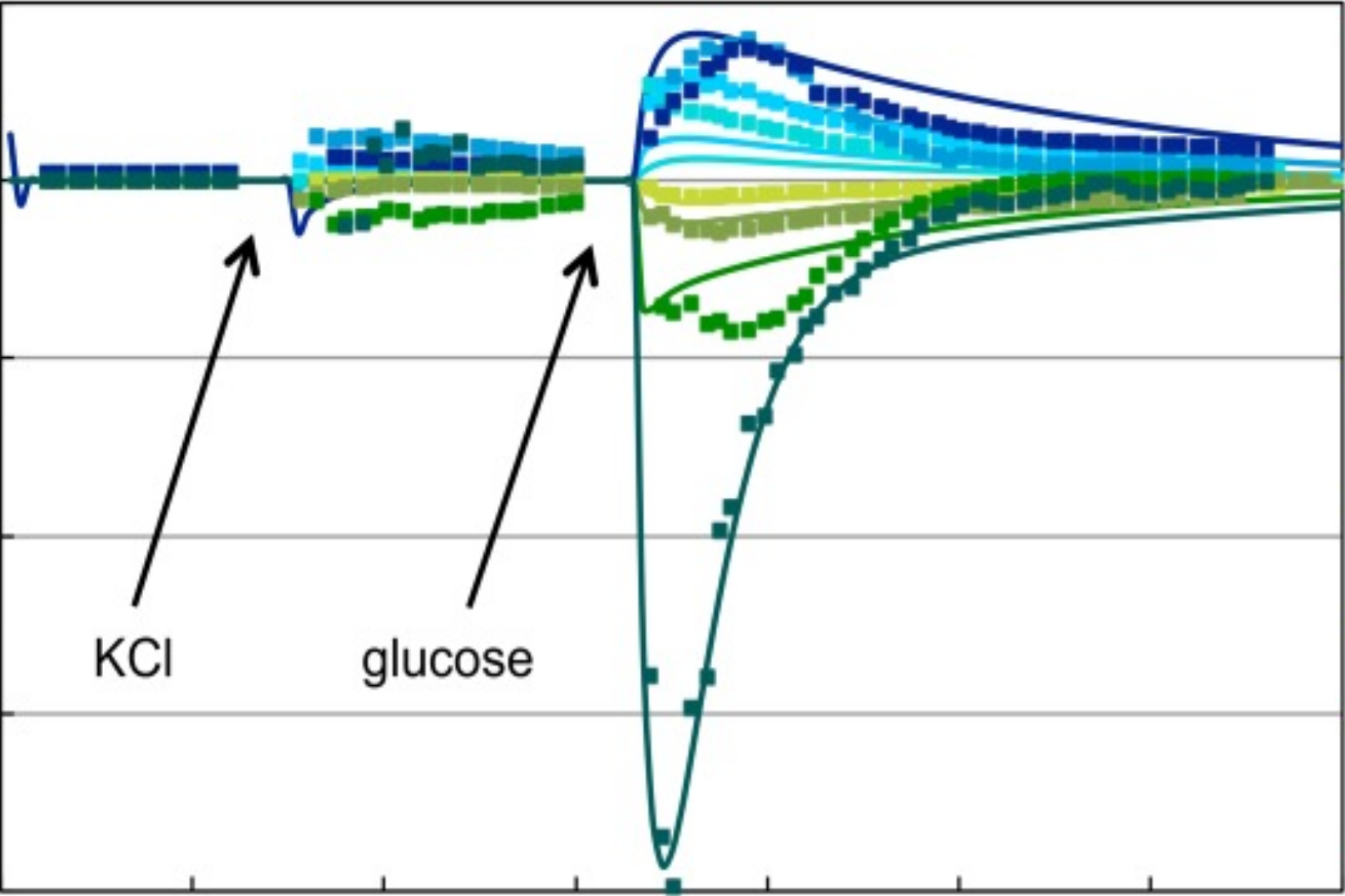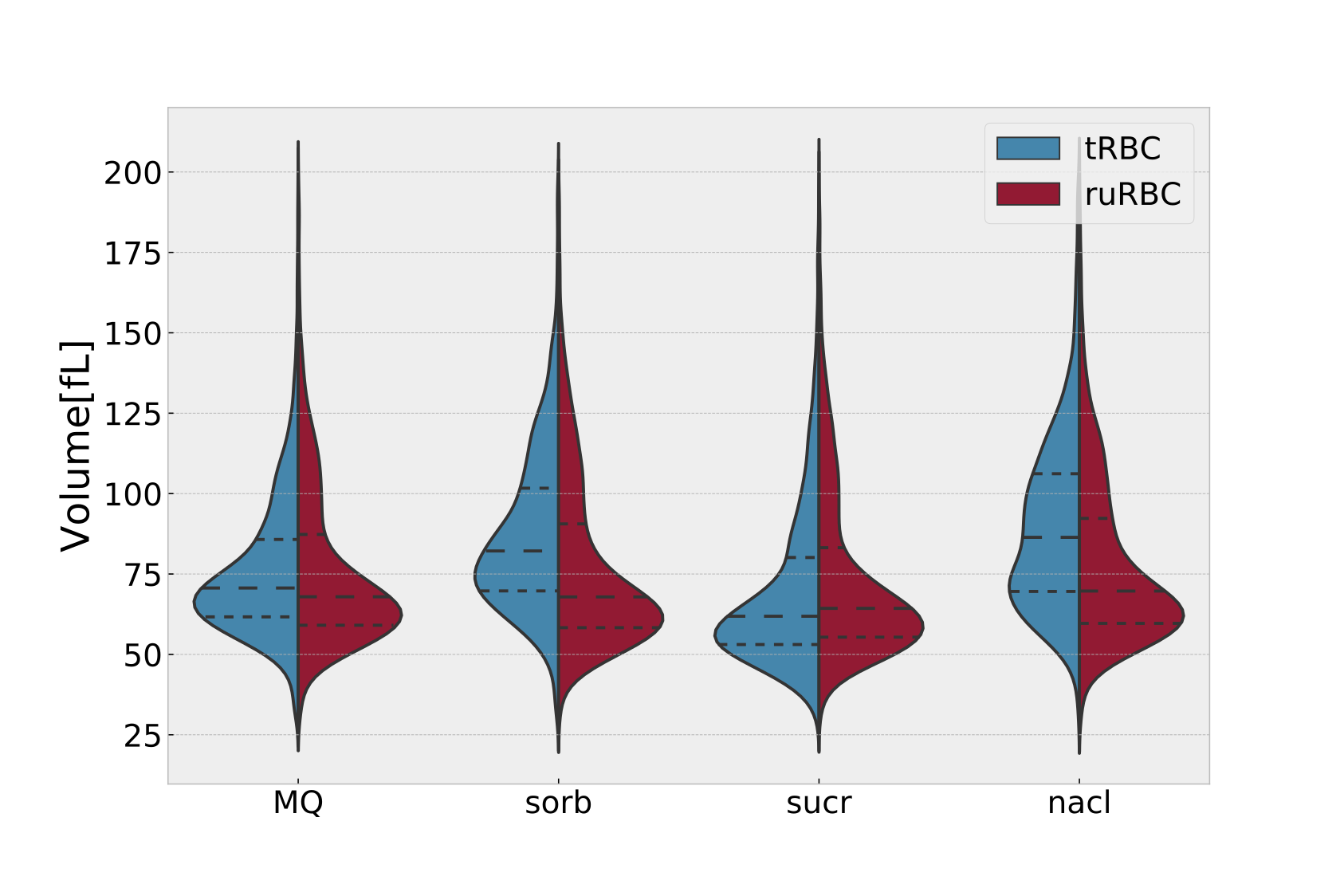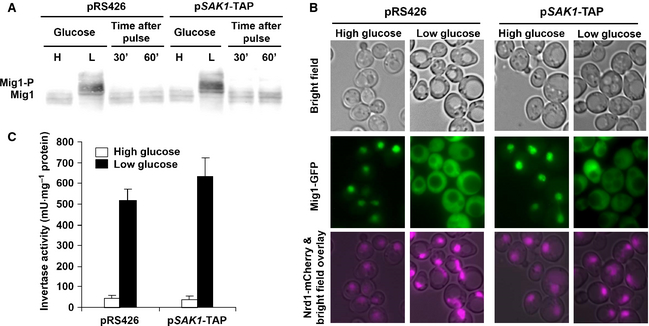Cellular stress response
Cells live in changing environments and are frequently exposed to different types of stress. We build mathematical models of signaling pathways and networks to understand how cells respond to such stresses. Using different modeling approaches, such as agent-based or constraint-based modeling, ordinary differential equations (ODEs), and Boolean as well as stochastic modeling, we integrate a wide variety of data for cell populations and single cells. Of specific interest is the integration of different signals into a consistent picture of the cell about its state and environment and the involvement of other networks such as metabolism or cell cycle into the response of the cell to external cues. |
 |
PEOPLE
PROJECTS
SELECTED PUBLICATIONS
J Schaber, R Baltanas, A Bush, E Klipp and A Colman-Lerner.
Modelling reveals novel roles of two parallel signalling pathways and homeostatic feedbacks in yeast.
Mol. Syst. Biol. 8:622, 2012.
URLE Petelenz-Kurdziel, C Kuehn, B Nordlander, D Klein, K-K Hong, T Jacobson, P Dahl, J Schaber, J Nielsen, S Hohmann and E Klipp.
Quantitative analysis of glycerol accumulation, glycolysis and growth under hyper osmotic stress.
PLoS Comput. Biol. 9 (6):e1003084, 2013.
URLD Hosiner, S Gerber, H Lichtenberg-Fraté, W Glaser, C Schüller and E Klipp.
Impact of acute metal stress in Saccharomyces cerevisiae.
PLoS ONE 9 (1):e83330, 2014.
URLS Vaga, M Bernardo-Faura, T Cokelaer, A Maiolica, C A Barnes, L C Gillet, B Hegemann, F Van Drogen, H Sharifian, E Klipp, M Peter, J Saez-Rodriguez and R Aebersold.
Phosphoproteomic analyses reveal novel cross-modulation mechanisms between two signaling pathways in yeast.
Mol. Syst. Biol. 10 (12):767, 2014.
URLR García-Salcedo, T Lubitz, G Beltran, K Elbing, Y Tian, S Frey, O Wolkenhauer, M Krantz, E Klipp and S Hohmann.
Glucose de-repression by yeast AMP-activated protein kinase SNF1 is controlled via at least two independent steps.
FEBS J. 281 (7):1901–1917, April 2014.
URLF Uschner and E Klipp.
Information processing in the adaptation of Saccharomyces cerevisiae to osmotic stress: an analysis of the phosphorelay system.
Syst. Synth. Biol. 8 (4):297–306, December 2014.
URLT Lubitz, N Welkenhuysen, S Shashkova, L Bendrioua, S Hohmann, E Klipp and M Krantz.
Network reconstruction and validation of the Snf1/AMPK pathway in baker's yeast based on a comprehensive literature review.
npj Syst. Biol. Appl. 1:15007, 2015.
URLS R Talemi, C-F Tiger, M Andersson, R Babazadeh, N Welkenhuysen, E Klipp, S Hohmann and J Schaber.
Systems level analysis of the yeast osmo-stat.
Sci. Rep. 6:30950, 2016.
URLK Stojanovski, T Ferrar, H Benisty, F Uschner, J Delgado, J Jimenez, C Solé, E Nadal, E Klipp, F Posas, L Serrano and C Kiel.
Interaction dynamics determine signaling and output pathway responses.
Cell Rep. 19 (1):136–149, 2017.
URL
FUNDINGBMBF DFG EU - Horizon 2020 |
COLLABORATIONSTRR 175 Green Hub Nickelsen, Jörg, LMU Munich (Germany) SysToxChip consortiumKirk/Lehane Lab, Canberra
|



